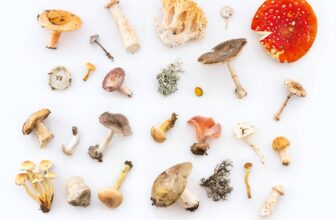
Table of Contents
8 out of 10 households drink coffee at least two to three times a day. This means a lot of coffee grounds are thrown in the bin. While sifted or used coffee grounds can no longer be reused in the kitchen, it is a great organic fertilizer to keep your plants healthy.
So, if you’ve accumulated a good amount of coffee grounds don’t throw it away just yet. There are many benefits of coffee grounds for your plants. Check out our list of plants that would love and thrive in your coffee grounds that would otherwise go to waste.
Benefits of Coffee Grounds for Plants
So, how can plants benefit from coffee grounds? Let’s have a look.
· A Good Source of Minerals
One thing that is certain about coffee grounds is that they are a good source of minerals for plants. Coffee grounds are rich in nitrogen along with potassium, calcium, magnesium, and other minerals helpful in keeping plants flourishing. Using coffee grounds as fertilizers can provide the minerals which are essential in keeping plants looking vibrant and strong.
To use coffee grounds as fertilizer, simply add or sprinkle a good amount of it over the soil of the garden. Mixing the coffee grounds with other materials such as dry leaves, sawdust, and even other fertilizers can bring a more potent effect on the plants and to the ground.
Remember not to over-fertilize using coffee grounds as it can block moisture and sunlight for the plants and for the soil.
· Feed for Other Creatures
Coffee grounds are also a good source of nutrition for other creatures such as worms. Unlike other insects, worms play a major role in the cultivation and in maintaining the good health of the soil. Worms help in the aeration of the ground along with the recycling of organic waste such as coffee grounds. While feeding your garden worms, you’re also making sure that your garden is healthy!
· Pest Repellant
Another benefit of coffee grounds for gardens is that they can keep pests such as slugs, snails, and cats off your garden. Pests such as bugs and snails can ruin or destroy the garden by feeding on plant leaves. Cats and other rodents on the other hand not only feed on plants but also destroy the garden ground by burrowing or digging deep into it and even using it as a litter box.
Coffee grounds have a strong pungent smell and taste which leaves a stinging sensation for these creatures, therefore, keeping them away from the garden.
Plants That Love Coffee Grounds
Here are some common plants that love coffee grounds:
Azalea
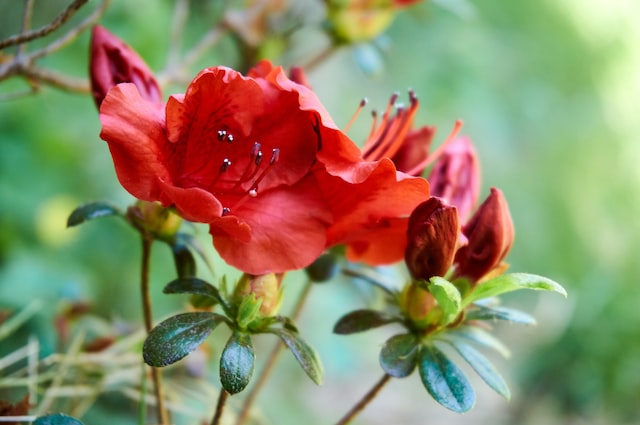
First on our list of plants that love coffee grounds is the Azalea. This plant is quite popular among flower enthusiasts because of its lush and stunning array of flowers in vibrant colors. These plants flourish in the spring, and they are used as adornment alongside other flowers in bouquets.
The Azalea is sensitive to pests such as snails and slugs and can grow slowly depending on its environment. Adding coffee grounds to its fertilizer or compost would provide the plant with pH levels required for faster growth.
Hortensia
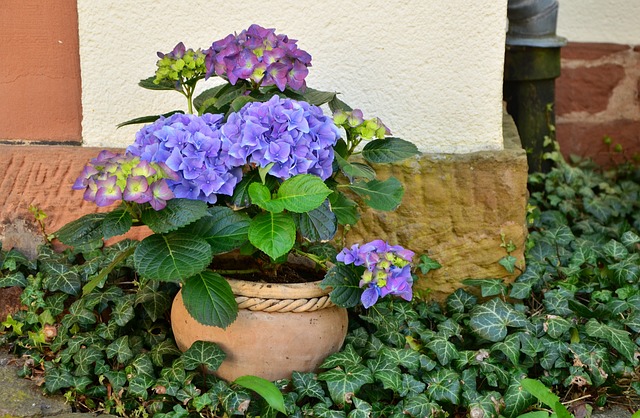
Another coffee ground lover is the Hortensia plant. This plant is a common favorite by many because of its varying colors that depend mostly on the nutrients and minerals found in the soil they are planted in. Color variations range from pink, blue, red, violet and sometimes a combination of these colors.
The more acidic the ground is, the lighter the shade of the flowers. Having more coffee grounds included in its fertilizer and compost means bringing out colors of blue, violet, or red.
Lily of the Valley
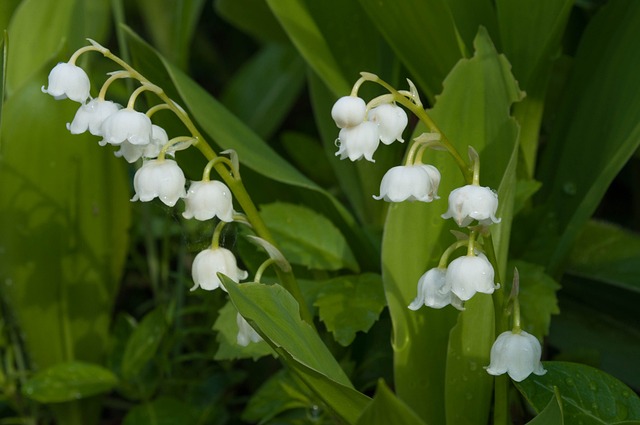
The Lily of the valley is a popular ornamental and perennial plant. Its most distinct feature is its bell-shaped flowers that release a heavenly aromatic scent. Its scent is so aromatic that many perfume companies use it as a base for their products.
Coffee grounds added to the soil adds a good amount of nutrients for a good bloom. One thing to note, however, is that although this plant is undoubtedly a sight to behold, it can be toxic to people and animals. So, make sure to keep this plant secure and away form access of pets and even children.
Roses
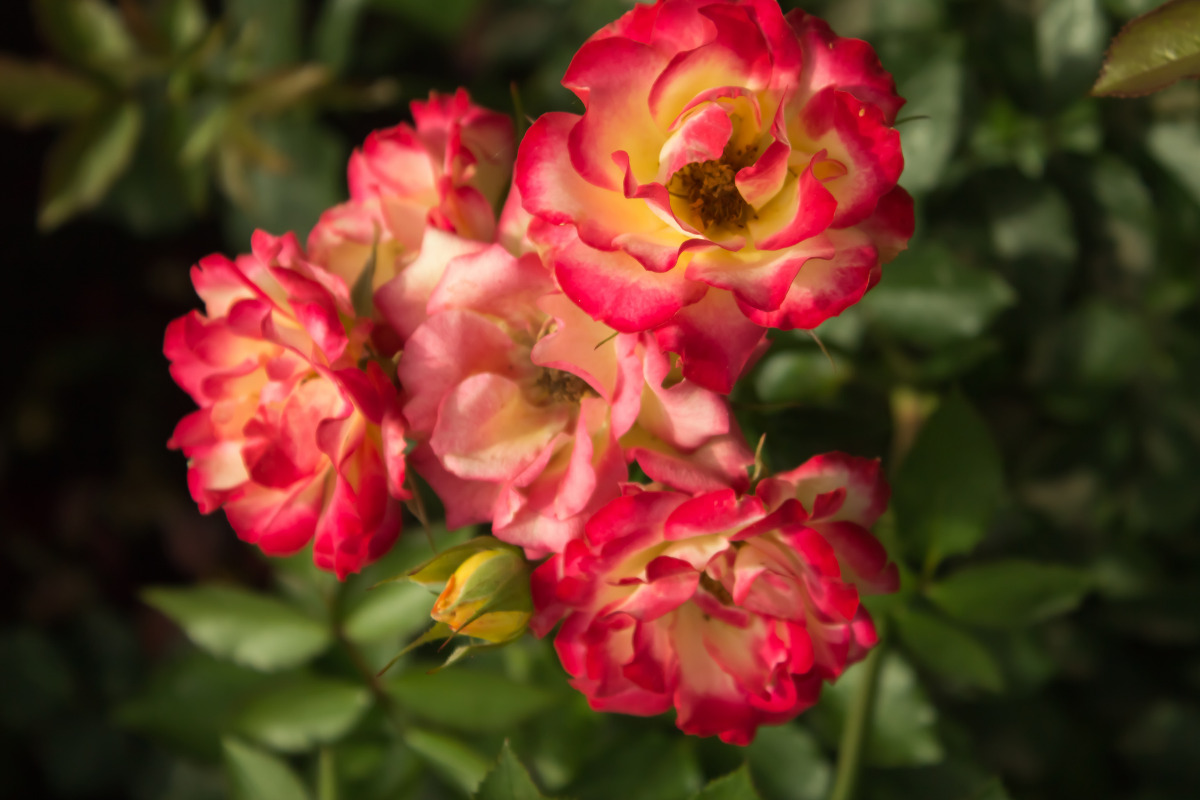
The most popular flower of all – the rose, also loves coffee grounds as a source of nourishment. Roses originate from Asia, North Africa, North America, as well as Europe however they can now be cultivated and grown almost anywhere just as long as there is a good source of nutrients in the soil and proper lighting. Adding coffee grounds along with other organic matter to the soil greatly improves the nutrient content required by roses to flourish.
Philodendron
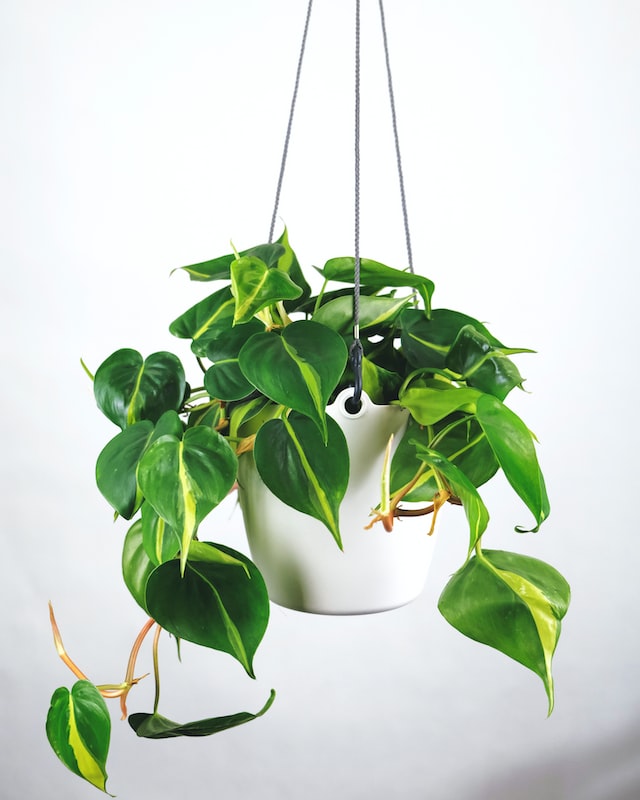
Not flowers but leaves are the selling point of the Philodendron plant. It has beautiful glossy leaves that symbolize life and abundance. While its prominent color is green, it can also display a combination of white and green.
The philodendron is a popular indoor plant. It’s not too sensitive when it comes to sunlight, water and temperatures. It loves to dwell on well-nourished soils which can be further enriched using coffee grounds.
Camellia
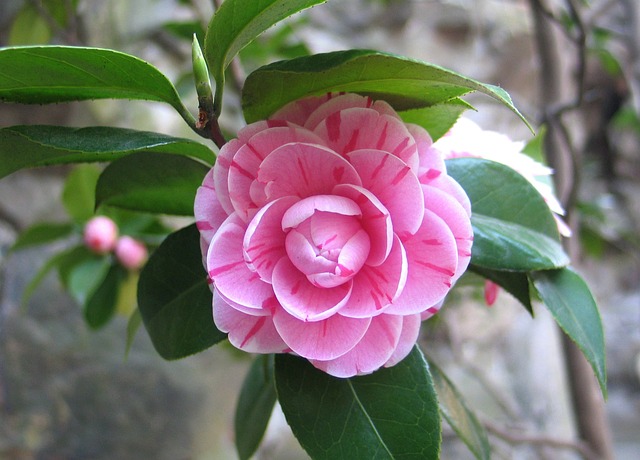
The Camellia is an Asian-native plant that has a plethora of hybrids. Its hybrids include varying features such as different colors that include white, pink, and red, to different sizes, shapes, and even form flowers like roses.
Since these plants hail from humid and moist environments, it requires more moisture and just the right amount of light. Adding coffee grounds to its soil helps keep it nourished with enough acidity and moisture.
Gooseberries
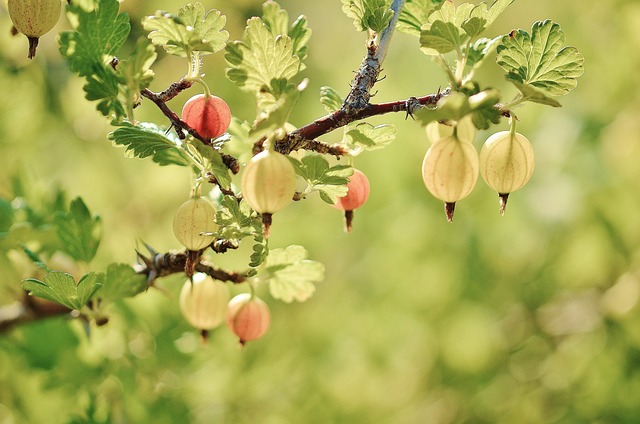
A plant with edible fruits that love coffee grounds is the gooseberry plant. These plants are cultivated and grown for its edible fruit, but is also used for ornamental purposes. While it is sweet and tasty, it can also become an eye-catcher especially in gardens. This plant flourishes in moistened meadows and love grounds with fertilizers and compost such as coffee grounds.
African Violets
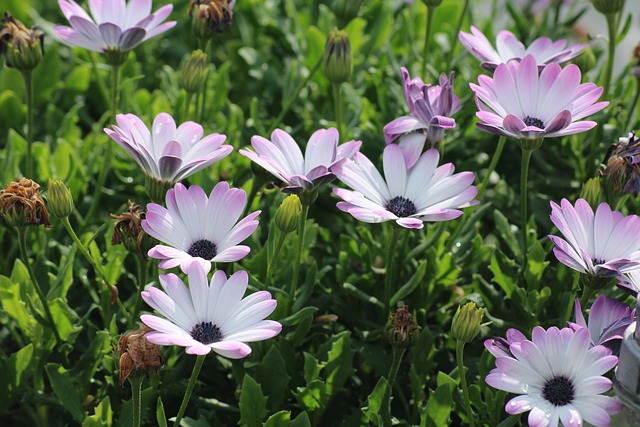
African Violets are popular ornamental flowers hailing from Africa. These are small flowering plants belonging to the species of herbs. Growers love this plant for the simple reason that they’re easy to grow and cultivate. Adding coffee grounds to its compost or soil enables it to bear vibrant flowers and improve foliar health.
Jade plant
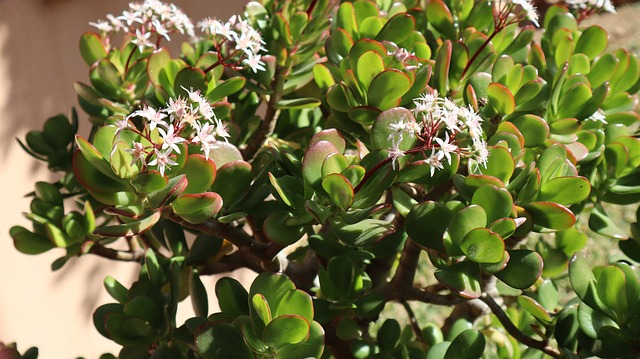
Another African-native plant is the Jade plant. It is popular for its thick foliage which is so shiny they are said to look like jewels on a stem. Its color is like that of jade which many people think is very soothing for the eyes. The jade plant loves to dwell in fertilized soil and coffee grounds would serve as good nourishment for the right acidity.
Christmas Cactus
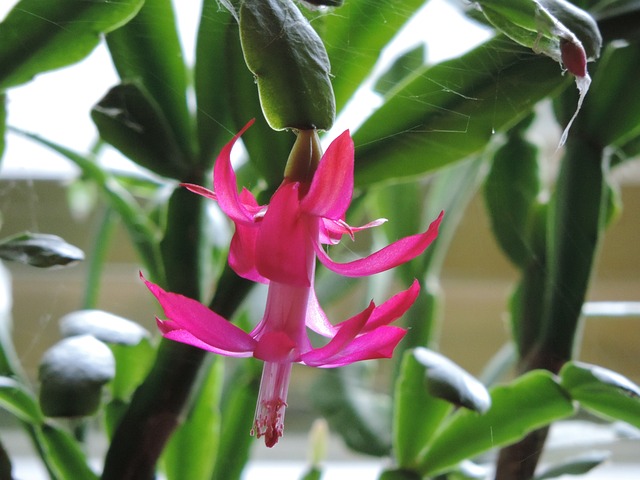
If you simply love plants with just flowers and stems, then the cactus species of plants would greatly be a pleasing choice. The Christmas Cactus in particular is a popular choice because of its manageable size compared to other varieties of cacti.
Also, it has lesser thorns to bother with, and it simply looks beautiful in a small pot. This plant thrives on well-nourished soils with compost, fertilizers, and organic matters such as coffee grounds.
Maidenhair Fern
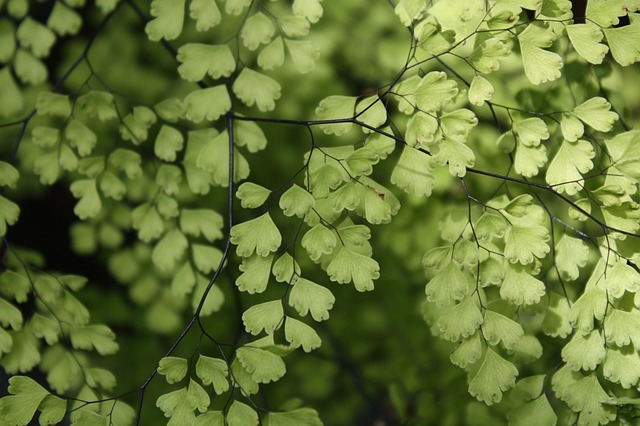
If you love lush green plants on your front door or garden, then the Maidenhair fern would just suit perfectly. It has a bushy set of leaves that resembles the hair of a maiden – as its name suggests. Its vibrant green color shows how well-nourished it is from its soil and from the amount of moisture it gets.
Fertilizing its soil with coffee grounds to add to its acidity. This ensures that the plant gets enough moisture and is well-protected against invasive insects and pests.
Orchids
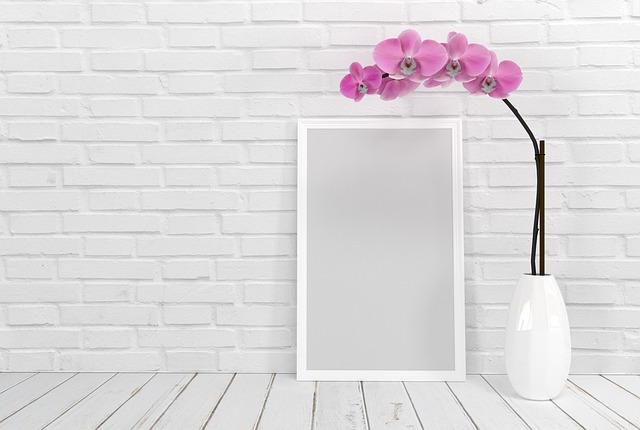
Orchids too love coffee grounds for their dry features. Coffee grounds have good permeability which allows it to store a good amount of moisture. Orchids are actually aerial plants which grow on trees, rocks and other objects without the need for much soil.
Using a little moisture along with organic materials and matters such as tree trunk, saw dust, and even coffee grounds would suffice as its source of nourishment.
Wrapping Up
The plants that love coffee grounds listed here are just a few of the many plants varieties out there that thrive in soil enriched with coffee grounds. Remember that over fertilizing would stifle your plants. Too much coffee grounds can increase the levels of acidity which can be dangerous to plants.
To make sure you’re giving the right amount of coffee grounds to your plant, start with a little and see how your plants react. This way, you can help your plants thrive.




